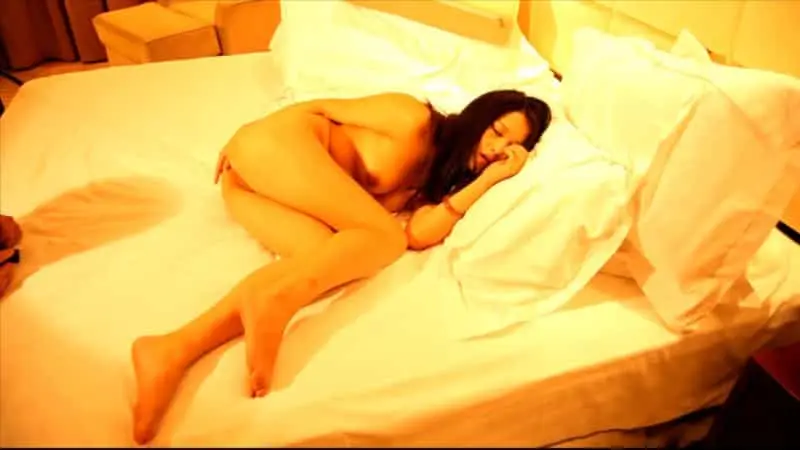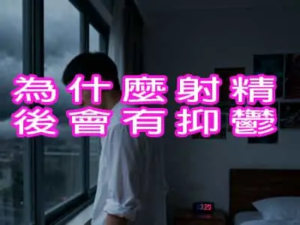Girl in a room

Table of contents
At midnight, neon lights flicker on the streets of Hong Kong, and an ambiguous pink glow gleams from the windows of old commercial and residential buildings. Within these seemingly ordinary residential units lies Hong Kong's unique sex industry: "one prostitute per floor." This unique phenomenon, originating in the 1970s, is both a product of Hong Kong society and a testament to the city's transformation.
「Girl in a roomThe term "one building, one unit, one woman" originates from the Cantonese dialect and vividly describes the self-employed sex work model based in residential units. Unlike red-light districts or centrally managed sex industries elsewhere, Hong Kong's "one building, one prostitute" model is highly decentralized and hidden, creating a unique and contradictory landscape within the urban fabric.

Historical Origins
The "one-floor, one-room" model became popular in the late 1980s. In the 1970s, Hong Kong's sex industry was dominated by centralized "fishball stalls" (centralized prostitution venues). However, due to legal amendments that tightened regulations on prostitution venues, sex workers shifted to decentralized operations. This model not only complies with legal requirements but also enhances the privacy and flexibility of services, gradually becoming the mainstream.

The reasons for the formation of the "one floor, one" model
1. Legal regulations
Hong Kong law allows a single person to provide sexual services in a private setting, but prohibits multiple people from operating a business together or publicly soliciting services. Therefore, the "one-floor, one-person" model has become the best option for sex workers to avoid legal risks.
2. Economic incentives
Sex work offers high financial rewards. Research suggests that sex workers can earn higher incomes by engaging in high-risk services, such as not using condoms. In Hong Kong, the average "one-on-one" service costs approximately HK$400-1,000 per session, significantly higher than the average labor industry.
3. Social needs
The "one-floor, one-room" model satisfies men's physiological needs, indirectly reducing the rate of sexual offenses. Furthermore, the diverse customer base, including local residents and tourists, is driving market demand.

The benefits of the "one floor, one unit" model
1. Benefits for sex workers
- Improved economic statusSex work provides many women with financial independence. According to a mainland survey, rural women born in the 1970s have improved their family's economic status and even gained more say in their families through sex work.
- Flexibility and autonomyThe "one floor, one shop" model allows sex workers to operate independently without relying on middlemen, reducing exploitation.
- Relatively safe: Single-person operation avoids the chaos of multiple-person venues, and sex workers can control the content of services and client screening themselves.
2. Benefits to customers
- Privacy and comfort"One Floor One" provides private room service, avoiding the embarrassment of traditional brothels and improving customer experience.
- Diverse choices: The website promotion allows customers to select sex workers based on age, nationality, appearance, etc. to meet personalized needs.
3. Benefits to society
- Reduce sexual crimesThe "one floor, one room" model satisfies physiological needs and indirectly reduces sexual crimes.
- Economic contribution: The sex industry creates rental income and related consumption, indirectly promoting economic activities.

Demographic structure of practitioners
This has changed over time. Before the 1980s, local women predominated; after the 1990s, mainland immigrants became the primary force; after 2000, the proportion of Southeast Asian and Eastern European women increased. According to a 2021 survey by the non-governmental organization "Blue Bird," among current "one-floor-one-girl" workers, mainland immigrants account for approximately 55%, locals for approximately 25%, and other nationalities for approximately 20%.
In terms of age distribution, 35% are aged 20-29, 45% are aged 30-39, and 20% are aged 40 and above. Contrary to popular belief, prostitutes are not exclusively young women; a significant proportion of them are middle-aged, reflecting the industry's inclusiveness towards all age groups.

Reasons for joining the industry
The study shows that the reasons for practitioners to enter the industry include: paying off debts (30%), raising children (25%), quickly earning start-up funds (15%), paying family medical expenses (10%), pursuing a high-consumption lifestyle (12%), and other reasons (8%).
3.2 Working conditions and economic situation

Risks faced
The main legal risks faced by practitioners include:
Police raids are being conducted for "public nuisance" or "violation of the building's deed of mutual covenant." Landlords can terminate leases early for "immoral use." Neighbors are complaining about normal social services like medical insurance, putting them on the margins of the social security system. They may be charged with "living off the earnings of prostitution" if they share their income with others.In terms of rights protection, prostitutes working in single-family homes face difficulties obtaining labor law protection, are unable to organize unions, and often hesitate to report violence to the police. Non-governmental organizations such as Blue Bird and Purple Vine have long provided health checks, legal advice, and psychological counseling to sex workers, but limited resources make it difficult to reach all sex workers.
Between hidden and visible
As a unique form of the sex industry in Hong Kong, the "one-floor-one-prostitute" model is both a product of urban modernization and a microcosm of social contradictions and value conflicts. Since its development in the 1970s, it has undergone a complex journey from marginalization to relative openness, and then to digital transformation. This phenomenon reflects the deeper structures of Hong Kong's economy and society: the wealth gap under the highly developed capitalist system, individual choices under a materialistic culture, and the gray areas within the legal framework.
Hong Kong is facing a profound reckoning over its identity and future. The future of the "one-floor, one-woman" phenomenon is closely tied to the city's fate. Whether it faces extinction, transformation, or legalization, this unique urban phenomenon deserves continued observation and reflection from a more open, rational, and humanistic perspective. Beneath the neon lights, the stories of these women are not only part of Hong Kong's past and present, but will also become part of its future.

Further reading:



![[有片]把與生俱來的「好色」,用以點燃事業的雄心](https://findgirl.org/storage/2025/11/有片把與生俱來的「好色」,用以點燃事業的雄心-300x225.webp)








